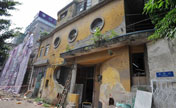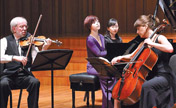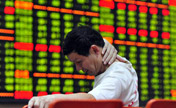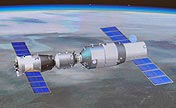

The world's longest high-speed rail line, Beijing-Guangzhou high-speed railway, which spans over half of China, began operating at the end of 2012, and Zhengzhou, in the centre of the county, is seated on the line. During the past century, Zhengzhou, as well as other metropolis in China, grew up and boomed largely by railways.
The beginning of railway construction in Zhengzhou dated back to 1897 when the government of Qing Dynasty (1644-1911) set up to build Luhan railway connecting north and central China, along which Zhengzhou was chosen as a station. In the year of 1914, the Kaifeng-Luoyang section of another major railway linking China's west to its east, the Longhai railway, ran through Zhengzhou and made the city a railway cross. In the following decades, the station in the war-torn nation had been conducted few measures to improve its poor facilities and low transportation efficiency. Until 1953, four years after the founding of People's Republic of China, a large-scale rebuilding project was carried out for the station to enlarge its capability to meet the demand of soaring passenger trips in the country. In 1956, the rebuilt railway station, along with the marshalling yard and freight station, was put in use in Zhengzhou.
As the country's economy developed rapidly, Zhengzhou Railway Station again faced to be rebuilt for upgrade and expansion in 1988. After 12 year's construction, the railway hub could receive 150,000 passenger trips and 330 trains per day. In 2012, a newly-built high-speed railway station, Zhengzhou East Railway Station (ZERS), started to service in the city, by which a ZERS-centered two-hour-travel time circle is forming, with radius of 500 kilometers and involving 350 million people. (Xinhua/Wang Song)
 |
 Anti-terror exercise conducted in S. Korea
Anti-terror exercise conducted in S. Korea China's first NBC maritime emergency rescue team
China's first NBC maritime emergency rescue team Argentine Commuter train crash causes deaths
Argentine Commuter train crash causes deaths Finalists to compete for Best Jobs in World
Finalists to compete for Best Jobs in World Girl travels 16 hours to save wounded eye
Girl travels 16 hours to save wounded eye World Blood Donor Day marked in Yinchuan
World Blood Donor Day marked in Yinchuan  Developer razes historic Guangzhou structures
Developer razes historic Guangzhou structures Photos: Percussion shows me the world
Photos: Percussion shows me the world Artists share perspectives on climate change
Artists share perspectives on climate change Insights into former Indian rulers' lives
Insights into former Indian rulers' lives Modest musician
Modest musician NAMOC's Take on the Past and Present
NAMOC's Take on the Past and Present Equities slump amid slow-growth estimates
Equities slump amid slow-growth estimates Turn rabbit to 'gold' - A young entrepreneur's goal
Turn rabbit to 'gold' - A young entrepreneur's goal Astronauts into space module
Astronauts into space module